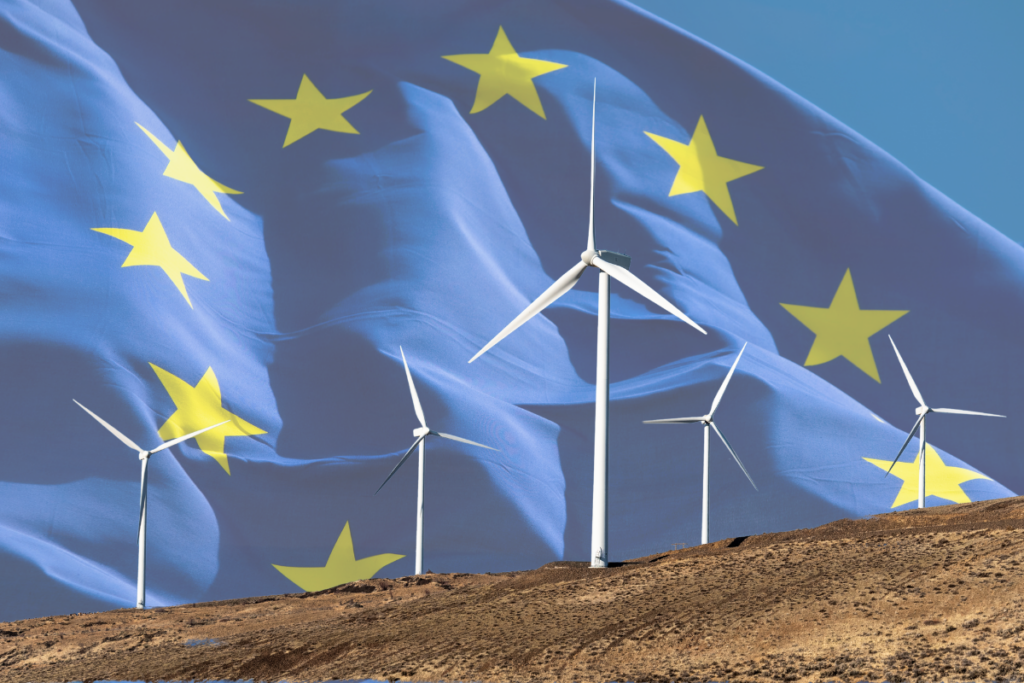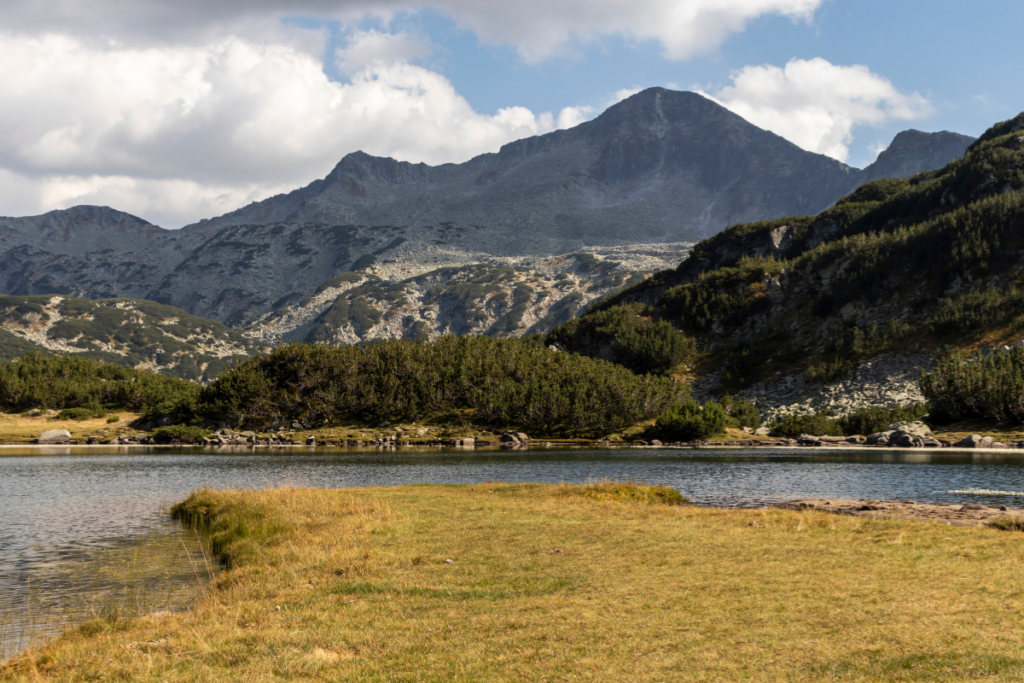
The European Union has made history by passing a landmark law to restore and protect nature across its land and sea areas. The Nature Restoration Law, which was approved by the European Parliament on February 27, 2024, is the first continent-wide, comprehensive law of its kind. It is a key element of the EU Biodiversity Strategy, which aims to halt and reverse the loss of biodiversity and ecosystem services by 2030.
What is the EU Nature Restoration Law?
The Nature Restoration Law sets a target for the EU to restore at least 20% of its land and sea areas by 2030, and all ecosystems in need of restoration by 2050. It also sets specific targets for restoring certain habitats and species, such as:
- wetlands
- forests
- grasslands
- rivers
- lakes
- coral reefs
- pollinators
- and urban green spaces

These targets are based on scientific evidence and best practices and will be monitored and reported regularly.
The law also requires member states to develop and implement national restoration plans. The plans will be in consultation with relevant stakeholders and the public. These plans should identify two main items. First, the priority areas and actions for restoration. And second, the sources of funding and the expected benefits. The European Commission will provide guidance and support to the member states, as well as evaluate the progress and effectiveness of the restoration efforts.
Why is it important?
The Nature Restoration Law is a crucial step towards achieving the EU’s climate and environmental goals as well as its international commitments under the Paris Agreement and the Convention on Biological Diversity. Restoring nature has multiple benefits for people, the planet, and the economy, such as:
Enhancing biodiversity and resilience: Reviving nature is crucial for reestablishing the rich diversity and thriving life on our planet, while also bolstering ecosystems against challenges like climate change, pollution, invasive species, and diseases. These vibrant ecosystems offer vital services for human welfare, including sustenance, water, clean air, medicine, leisure, and cultural significance.
Mitigating and adapting to climate change: The EU wants to be carbon neutral by 2050, and restoring nature will help with both of these goals by increasing carbon sequestration and lowering greenhouse gas emissions. Enhancing natural buffers and lowering catastrophe risks will also aid in adapting to climate change’s effects, such as heat waves, droughts, floods, and storms.
Boosting the green economy and social justice: Especially in rural and coastal regions, restoring the environment would boost the economy’s shift to a circular and sustainable one and generate new employment and business possibilities. Additionally, it will foster social inclusion and equity while enhancing the health and quality of life of the populace, particularly in metropolitan areas.
How was it adopted?
The Nature Restoration Law was proposed by the European Commission in November 2023, as part of the EU Green Deal, the bloc’s ambitious plan to make Europe the first climate-neutral continent by 2050. The proposal was based on extensive consultations and studies, involving experts, stakeholders, and the public.
The proposal was then debated and amended by the European Parliament and the Council of the EU, representing the member states. The negotiations were challenging, as some groups, especially the farming sector, expressed concerns about the potential costs and burdens of the law. However, after several rounds of discussions and compromises, a political agreement was reached in November 2024, and the final text was approved by the Parliament in February 2024. The law will enter into force after the formal approval by the Council and the publication in the Official Journal of the EU.
Here’s a video on the EU Green Deal:
What are the next steps?
The adoption of the Nature Restoration Law is a historic achievement, but it is not the end of the journey. The success of the law will depend on its effective implementation and enforcement, as well as the cooperation and commitment of all actors involved. The European Commission, the member states, the local and regional authorities, the civil society, the private sector, and the citizens all have a role to play in making the law a reality.
The European Commission will monitor the implementation of the law and report on the progress and results every two years. It will also review and update the law as needed, taking into account the latest scientific and technical developments, and the feedback from the stakeholders and the public. The Commission will also ensure the coherence and consistency of the law with other EU policies and initiatives, such as the Common Agricultural Policy, the Common Fisheries Policy, the EU Forest Strategy, and the EU Climate Law.
The member states will have to transpose the law into their national legislation and adopt their national restoration plans by the end of 2025. They will also have to allocate adequate financial and human resources and ensure the participation and engagement of the relevant stakeholders and the public. The member states will also have to report on their restoration actions and outcomes every two years and cooperate with the Commission.
What does this mean for enterprise-level businesses?
The Nature Restoration Law will have significant implications for enterprise-level businesses operating in the EU, as well as those that trade with the EU. The law will create new obligations and opportunities for businesses to align their activities with the restoration objectives, and to demonstrate their contribution to the EU’s climate and environmental goals.
Some of the implications of the law for businesses are:
Compliance: To ensure that their supply chains and operations do not degrade or damage ecosystems, businesses must comply with EU and national restoration policies and targets. Businesses must also follow all relevant standards and laws and maintain documentation of their restoration efforts and outcomes.
Innovation: Companies will need to be creative, embrace environmentally friendly and sustainable processes, goods, and technology, and make investments in the restoration sector. Companies will also need to investigate fresh markets and business prospects that arise from the restoration agenda, such as ecosystem services, green infrastructure, and nature-based remedies.
Reputation: Businesses will have to communicate and engage with their stakeholders and customers about their restoration efforts, and showcase their leadership and commitment to the EU’s climate and environmental goals. Businesses will also have to respond to the growing demand and expectations for corporate social responsibility and sustainability.
How can Certainty Software help?
Certainty Software, an advanced inspection software solution for enterprises, simplifies the collection and reporting of inspection data and facilitates the resolution of identified issues. By leveraging Certainty Software, businesses can enhance their performance and sustainability in compliance with the Nature Restoration Law, empowering them to:
- Collect accurate, consistent, and comparable restoration data across their business units, locations, and suppliers, using easy-to-use forms both online and offline.
- Report on their restoration actions and outcomes in real-time, using customizable dashboards and reports, and provide evidence and transparency to the authorities and the public.
- Manage issues, risks, and non-conformances related to the restoration objectives, by creating and delegating actions, and tracking their progress and completion.
- Analyze and optimize their restoration performance and impact, using powerful data analytics and insights, and identify areas for improvement and best practices.
Across a variety of sectors and industries, including safety, quality, supply chain, ESG, and more, Certainty Software is relied upon by hundreds of thousands of users globally to easily execute millions of accurate audits and inspections annually. Through the use of Certainty Software, companies can ensure adherence to the Nature Restoration Law, reduce risks, improve performance, and contribute significantly to the development of a resilient and sustainable future for Europe and the world at large.
If you’re interested in learning more about how Certainty Software can support your operations, book a demo today.
You might also be interested in:



